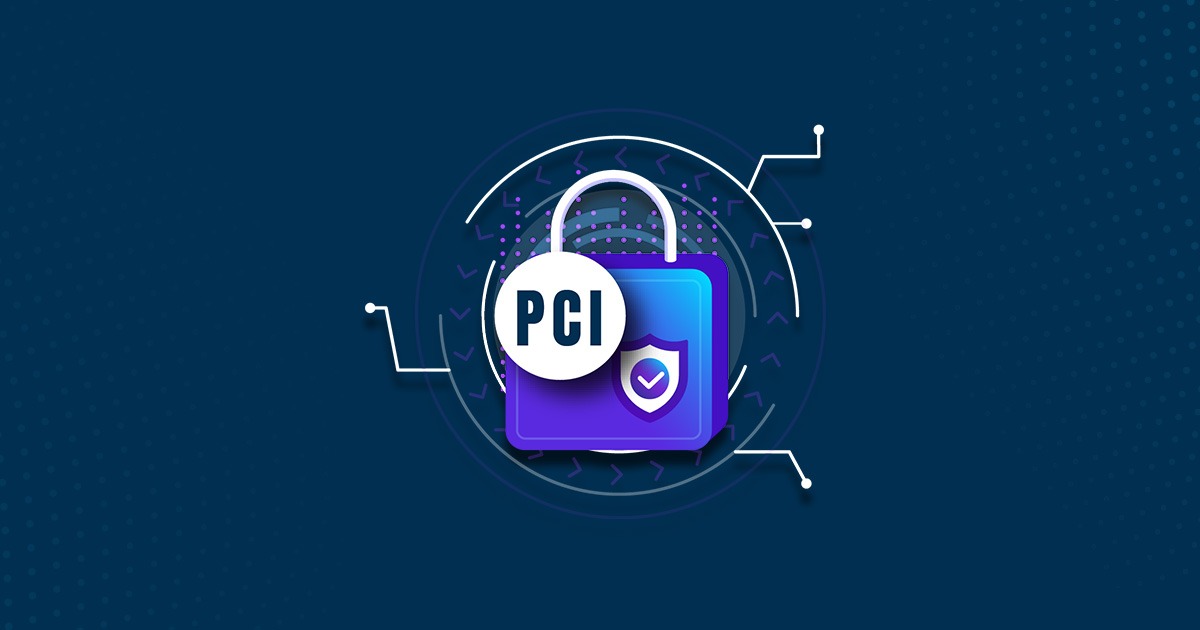Compliance management is crucial for organizations, especially in industries that handle sensitive data and financial transactions. It generally involves adhering to various regulations, standards, and best practices relevant to the organization’s operations. Different security standards exist, such as SOC, HIPPA, NIST, and more. One such essential compliance framework is the Payment Card Industry Data Security Standard (PCI DSS).
PCI DSS is a set of security requirements established by the Payment Card Industry Security Standards Council (PCI SSC) to protect cardholder data. It applies to any organization that processes, stores, or transmits payment card information.
Before we dive deeper and learn how to implement the best practices of PCI DSS, let’s know why it is essential to be PCI-DSS compliant.
Why is it Important to be PCI-DSS Compliant?
1. Protecting cardholder data: Compliance with PCI DSS helps organizations establish robust security measures to safeguard sensitive cardholder data. This data includes credit card numbers, expiration dates, cardholder names, and security codes. Organizations implementing PCI DSS requirements reduce the risk of data breaches, fraud, and financial losses.
2. Building customer trust: Compliance with PCI DSS demonstrates an organization’s commitment to maintaining customer information’s security and privacy. When customers know their credit card data is protected, they are more likely to trust and continue transacting with the organization. This trust can lead to increased customer loyalty and a positive brand reputation.
3. Avoiding financial penalties and legal consequences: Non-compliance with PCI DSS can result in severe financial penalties, fines, and legal actions.
4. Mitigating security risks: PCI DSS compliance requires organizations to implement security controls and practices that help identify and mitigate vulnerabilities and threats. By adhering to the standard, organizations strengthen their security posture, reducing the risk of data breaches, hacking attempts, and other security incidents that can lead to significant financial and reputational damage.
5. Streamlining business operations: Achieving PCI compliance often involves implementing best practices and security controls to enhance overall business operations. These practices can include regular security assessments, vulnerability scanning, and incident response planning.
Requirements and Best Practices of PCI-DSS
Since the introduction of the PCI DSS, organizations have been seeking compliance with the PCI DSS standard that can help them build customers’ trust. Many organizations are still not fully compliant with the PCI DSS standard.
However, PCI-compliant organizations know well that gaining PCI compliance is not a one-time process. PCI compliance is an ongoing process, and organizations must stay compliant throughout the year rather than verify compliance. Only in this way can they effectively protect and secure customer data from potential breaches.
Here are some of the requirements and best practices that will help you to fulfill PCI-DSS compliant:
1. Build and Maintain a Secure Network:
- Install and maintain a firewall configuration that would act as a first line of defense in protecting cardholder data.
- Make it a default practice not to use the passwords given by vendors and ensure all the employees will have a complex password.
2. Protect Cardholder Data:
- Protect stored cardholder data with solid encryption and avoid storing them in a network where open connections would happen.
- Mask PAN (Primary Account Number) when displayed and restrict access to cardholder data on a need-to-know basis.
- Use strong cryptography and security protocols to protect cardholder data during transmission over public networks
3. Maintain a Vulnerability Management Program:
- Adopt robust vulnerability management software like SanerNow that will alert you in case of any suspicious behavior on your IT network.
- Maintaining secure systems and applications by regularly applying patches and security updates is one step closer to protecting yourself from cyberattacks.
- Continuously scan your organizational assets in search of any vulnerabilities or risks that would put your organization under cyberattack.
4. Implement Strong Access Control Measures:
- Always remember that humans are also the cause of cyberattacks, so make sure physical access to cardholder data is restricted.
- Restriction can be implemented by assigning unique IDs to everyone who has access.
5. Maintain an Information Security Policy:
- Maintain a comprehensive information security policy that addresses the protection of cardholder data.
- Provide ongoing security awareness training for all staff members.
6. Maintain a Strong Incident Response Plan:
- In case of a cyberattack, have a pre-established incident response plan to respond to and report on security incidents.
- Test the plan beforehand and periodically to ensure effectiveness.
Although the requirements can look simple for a few organizations, PCI-DSS is not a one-time process. All of the above should be maintained appropriately and regularly updated with the latest cybersecurity measures.


